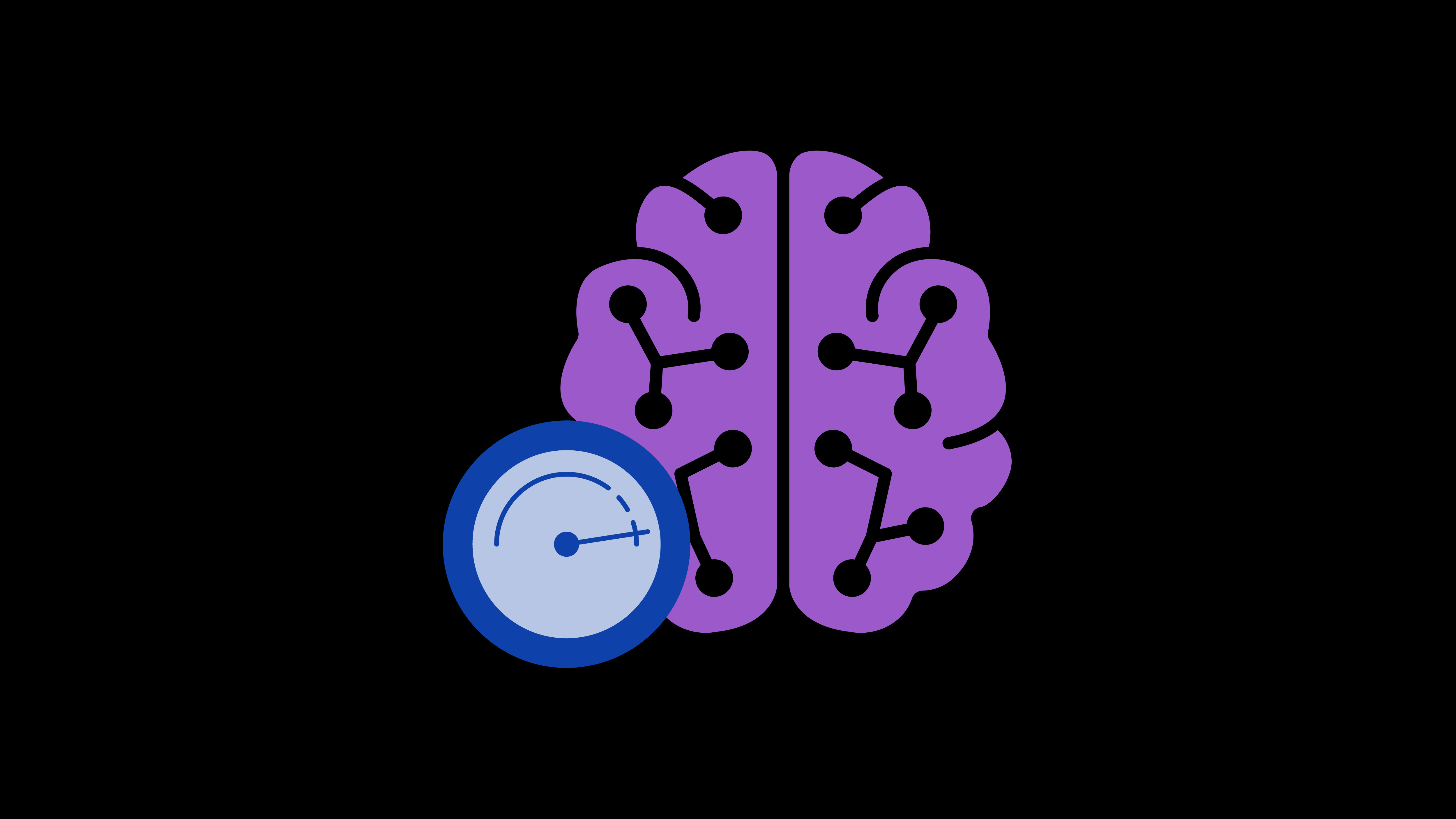F5 블로그
멀티클라우드 네트워킹, API 보안, 애플리케이션 서비스 및 디지털 혁신의 최신 동향에 대해 알아보세요.
추천 블로그 게시물
모든 블로그 게시물
모든 블로그 게시물
F5와 Red Hat의 파트너십은 LLM에 검색 증강 생성(RAG)을 배포하는 데 따른 보안 및 관리의 복잡성을 해결하는 통합 플랫폼을 제공합니다.
F5의 분산형 클라우드 앱 스택과 F5 AI 게이트웨이를 인프라에 통합하면 조직은 AI 애플리케이션을 효과적으로 배포, 관리 및 보호할 수 있습니다.
F5의 2025년 애플리케이션 전략 보고서는 AI 시대로 더욱 깊이 들어가면서 조직이 직면하는 애플리케이션 이점과 장애물을 파악합니다.
분석 회사 Enterprise Management Associates는 2025 RSA 컨퍼런스 에디션 공급업체 비전 보고서에서 F5를 "선구적인 보안 회사"로 인정했습니다.
최근 F5 Distributed Cloud Client-Side Defense의 향상된 기능으로 고객은 PCI DSS v4.0.1을 준수하는 동시에 폼재킹 및 Magecart 공격으로부터 결제 페이지를 보호할 수 있습니다.
Azure용 F5 NGINXaaS는 통합된 ADCaaS 솔루션을 제공하며, F5 NGINX App Protect가 추가되어 이제 고객에게 고급 위협으로부터 보호 기능을 제공합니다.
F5 분산 클라우드 웹 앱 스캐닝이 지속적인 테스트를 통해 즉각적인 주입 및 데이터 유출과 같은 AI 지원 앱 취약점을 찾아내는 데 어떻게 도움이 되는지 알아보세요.
미국 Comply-to-Connect에 대해 알아보세요. 국방부 제로 트러스트 프레임워크, 그 중요성, 그리고 F5가 귀사의 기관이 요구 사항을 충족하는 데 어떻게 도움을 줄 수 있는지 알아보세요.
F5의 새로운 오픈소스 도구는 BIG-IP 배포에 대한 심층적인 가시성을 제공하여 데이터를 추적하고 강력하고 사용자 정의 가능한 통찰력의 기반을 제공합니다.
사이버 보안에 대한 회복력을 높이고 싶으신가요? 오늘날의 사이버 현실에 맞춰 실용적이고 실행 가능한 지침을 제공하는 사이버 보안 전문가로부터 현실적인 통찰력을 얻으세요.


